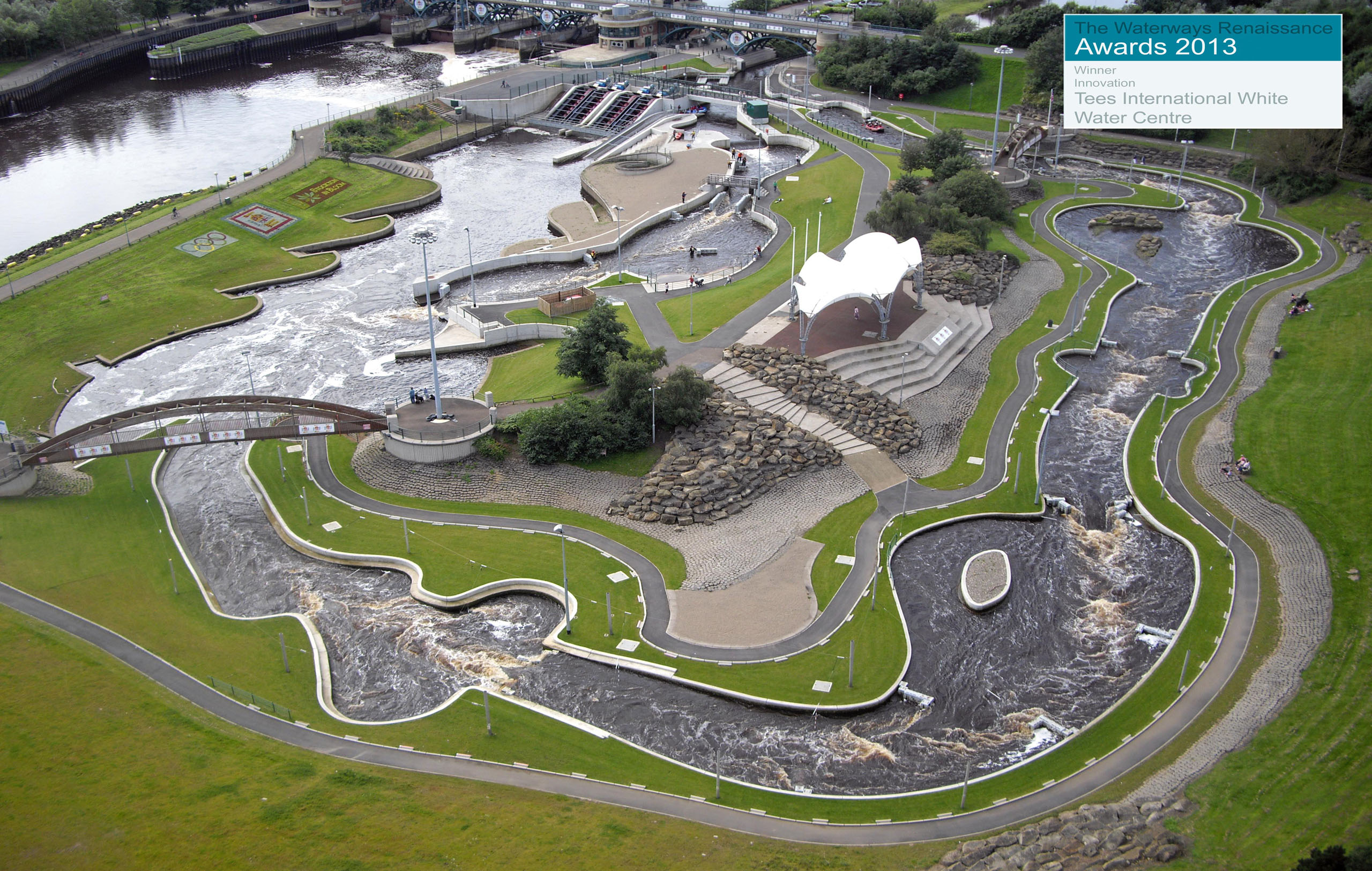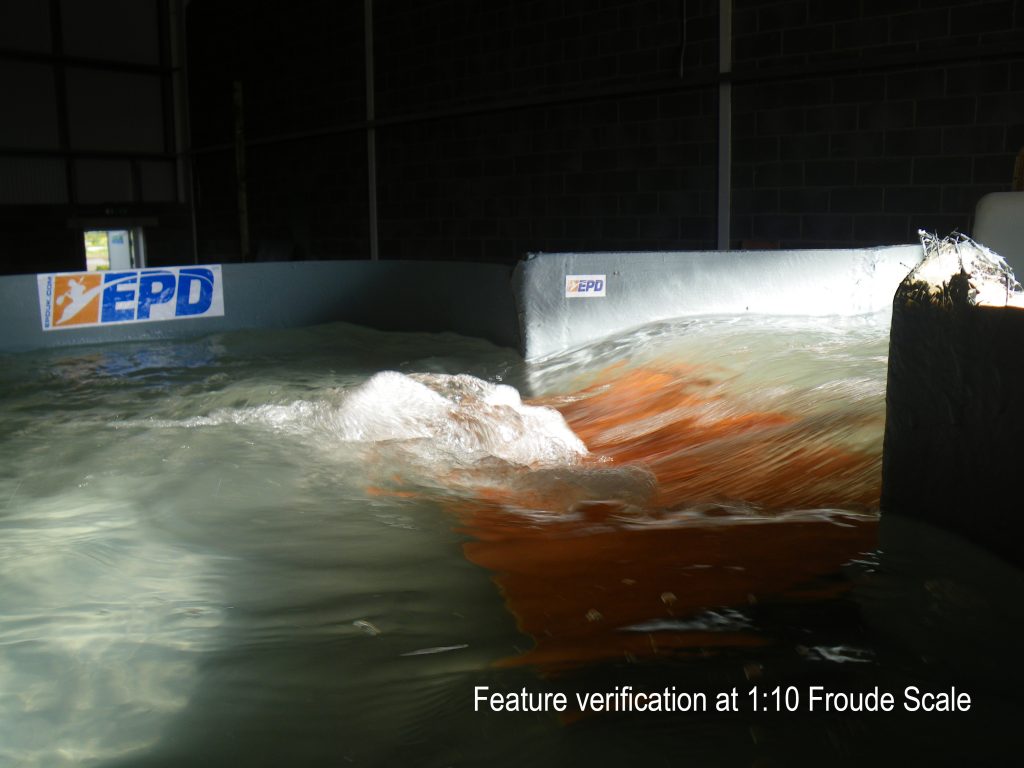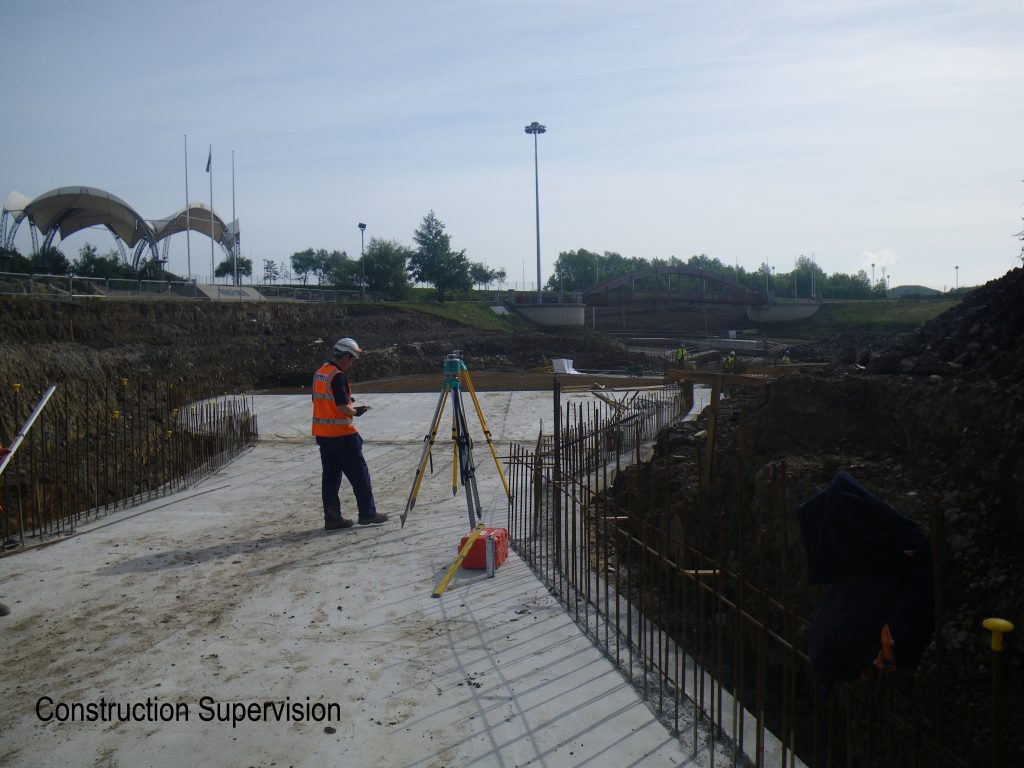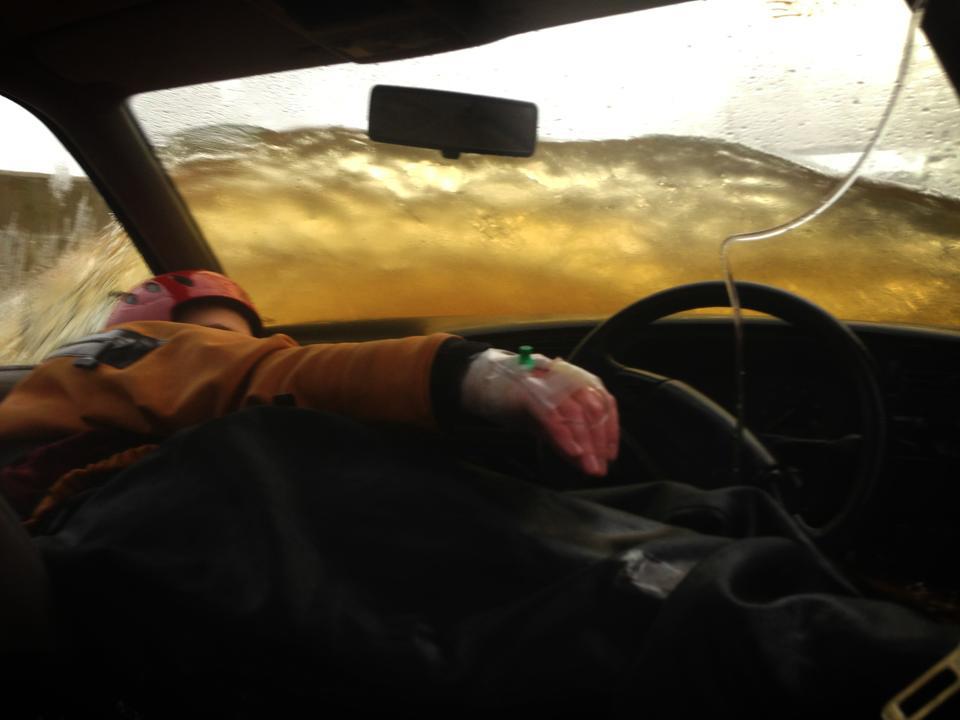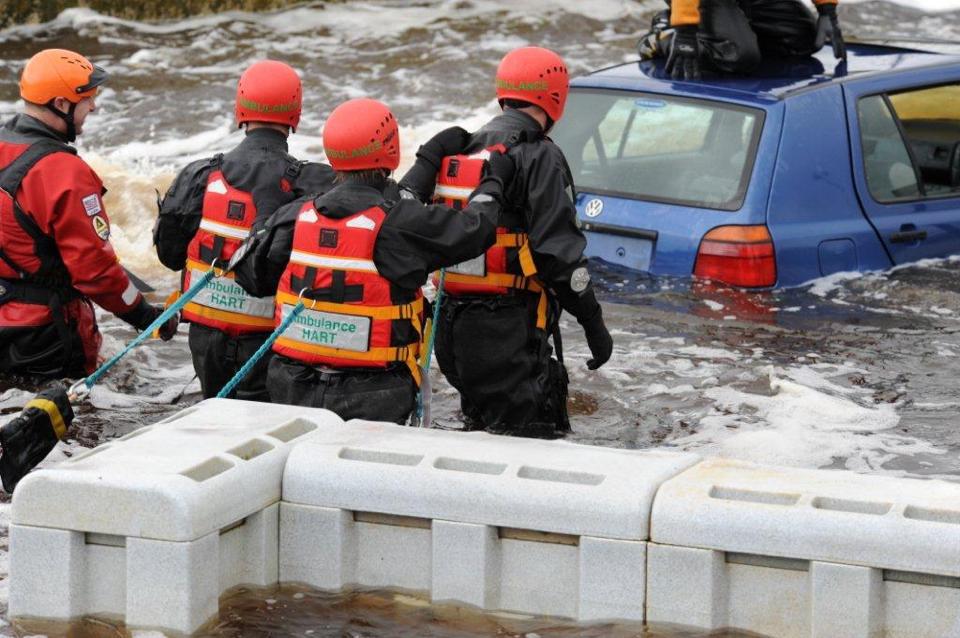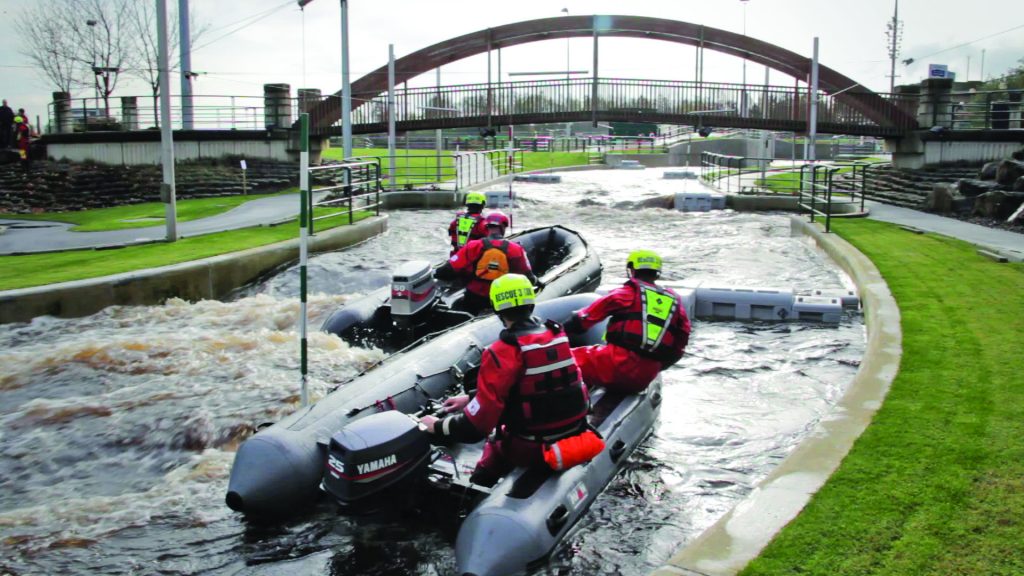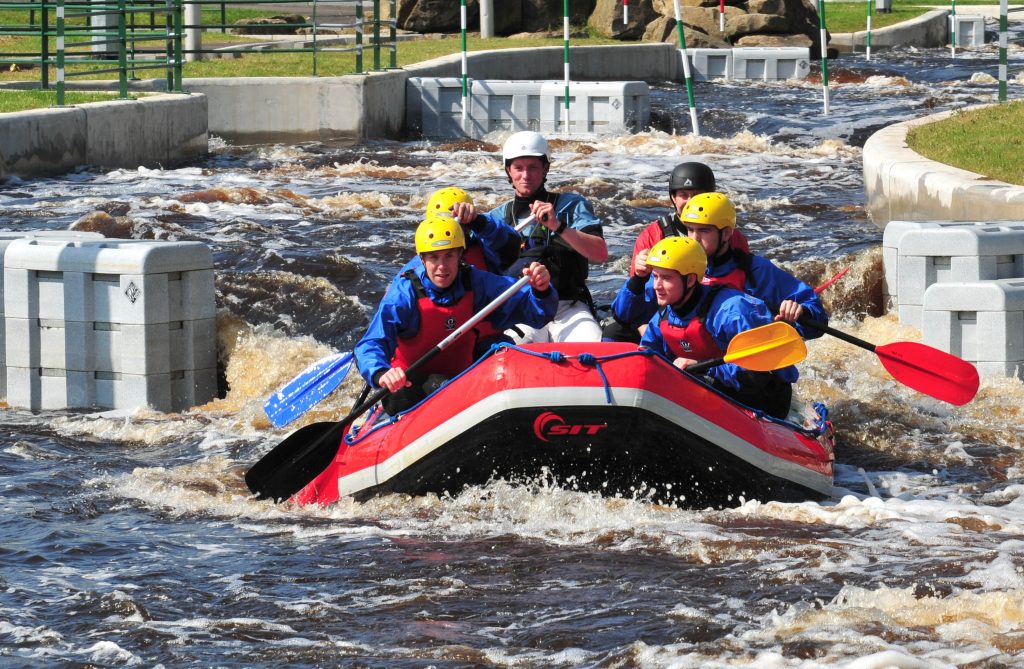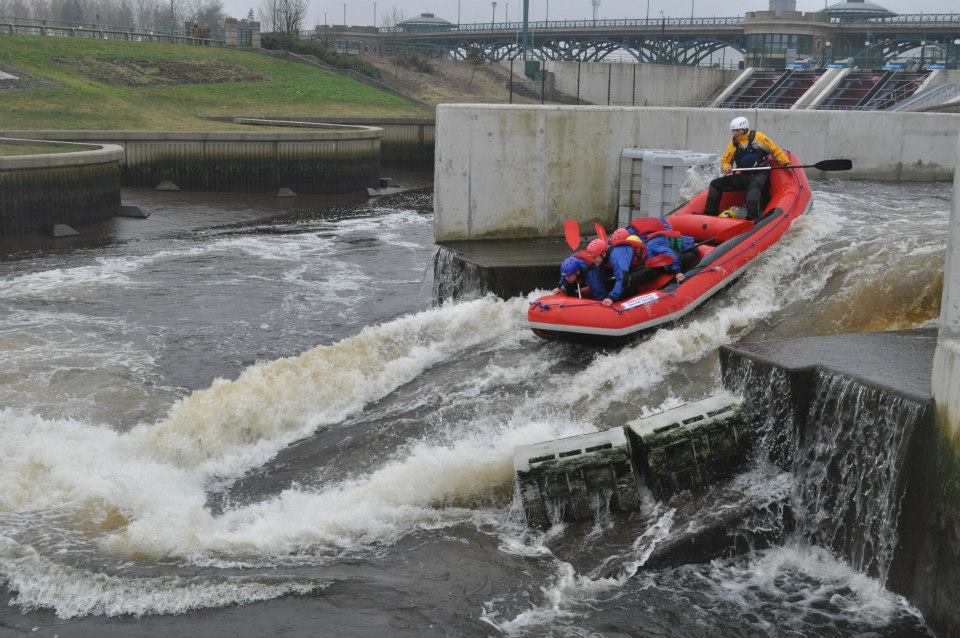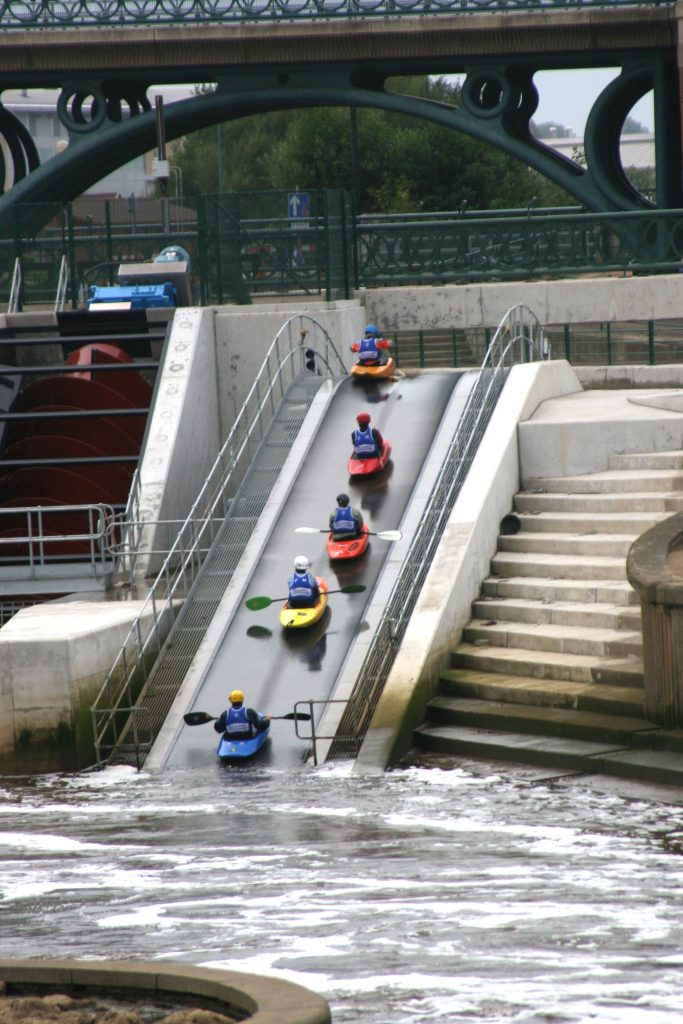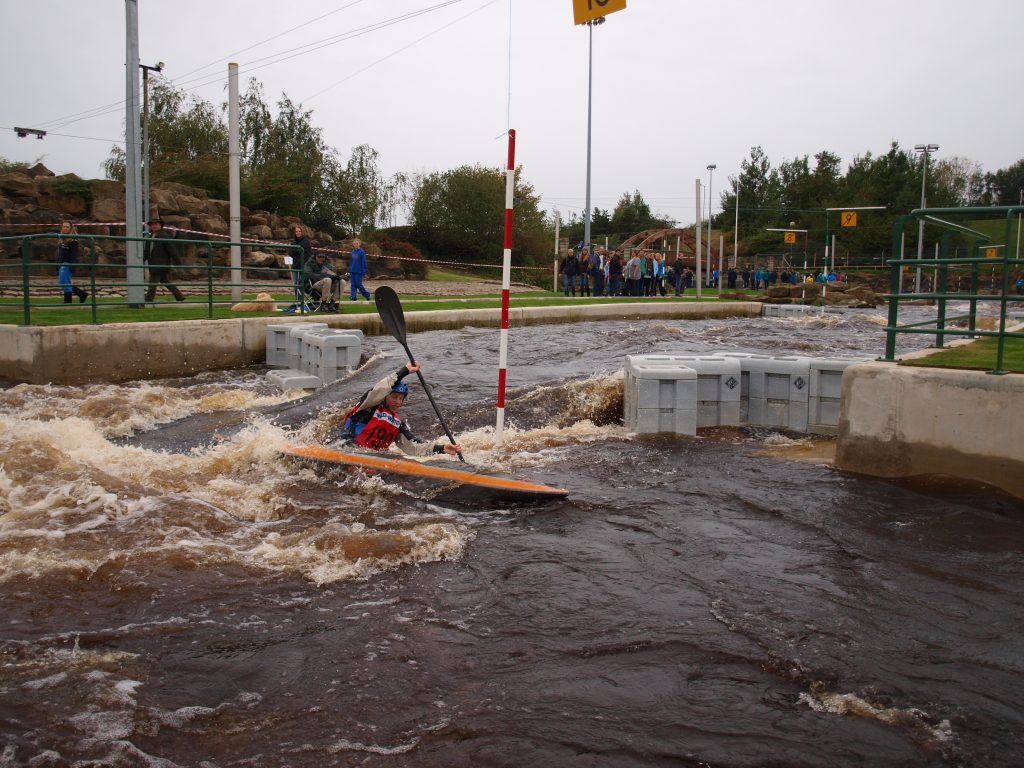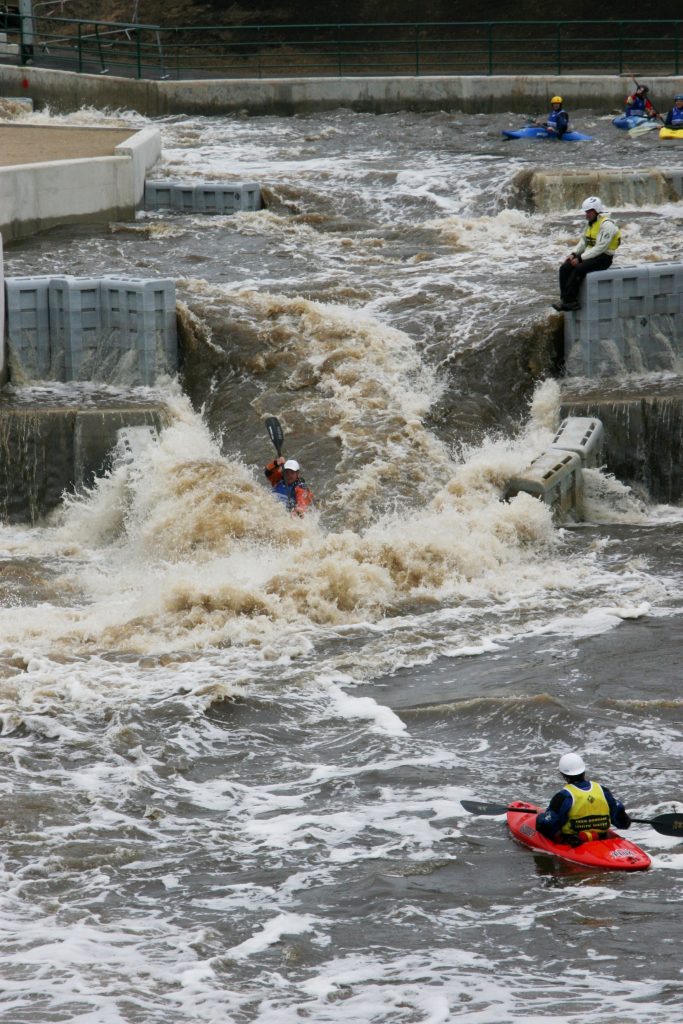The Teesside course is, perhaps, the world’s most innovative and modern whitewater venue. This facility is unique in that it works partially from estuarine tidal differential, provides two separate channels for varying degrees of difficulty, and is a generator of electricity!
Teesside International Whitewater Course is a revelation in design with its dual specialist channel design and the sustainability in operation delivered by the combined pumping and generation system. Early feasibility reports undertaken by EPD indicated the main deficiencies in the original whitewater course; which was originally constructed in the early 90’s. These included lack of water depth, repetitive whitewater features, clashes between water users and the overarching running time issue with the previous tidal head system around the river to estuary barrage.
EPD has taken the previous problem with tidal running and turned it into the courses greatest asset. Through extensive modelling work with operators, river flow and tidal data it was demonstrated that with the inclusion of four fish friendly 13m length, 3.5 diameter Archimedean screw pumps that also act in reverse as generators, a completely sustainable operational model can be delivered.
The sale of electricity generated in favourable river flow and tidal conditions during non-course operating times can provide sufficient revenue to supplement pumped whitewater channel operation during the previously in-operable time periods when there was no tidal head available.
In addition to the innovative pumping / generation system the existing channel received wall and obstacle upgrades with new pools being formed, revised slalom gate system, wall heights increased and the RapidBlocs obstacle system being installed.
To eliminate the clashes in water operations a dedicated channel was specifically designed to accommodate Swift Water Rescue Training, including the inclusion of an in channel vehicle. Dedicated access is provided to the new channel and this together with the RapidBlocs system has allowed the formation of “street scenes” with building facades being constructed along with other street furniture being added to the channel for added rescue training realism.
Furthermore, the channel has been designed to form several significant whitewater features to compliment peak time rafting operations. This channel was extensively hydraulically modelled at 1:10 Froude scale to verify channel geometry prior to construction.
EPD closely supervised construction on site and undertook the commissioning of the whitewater channels with a resounding success at achieving the desired objectives.

